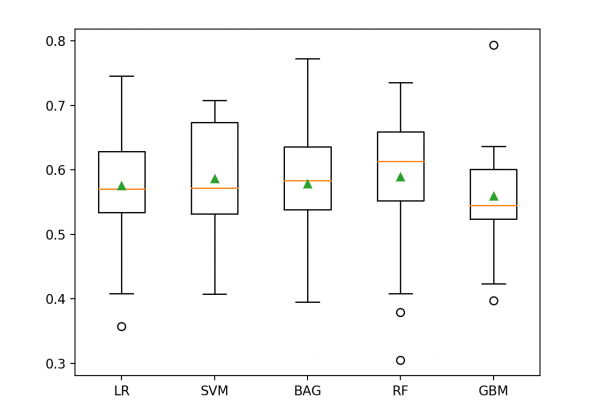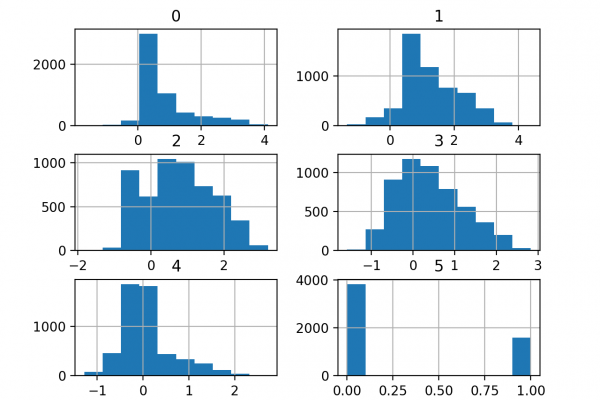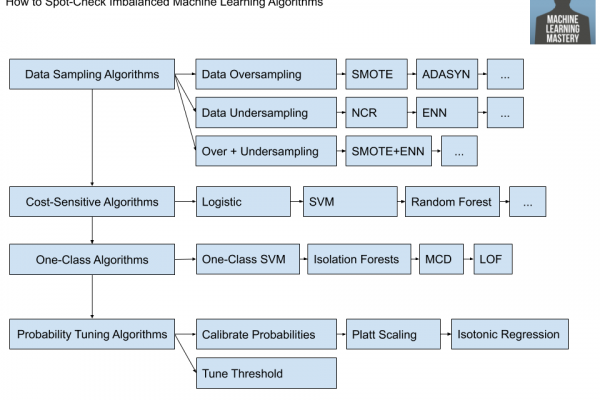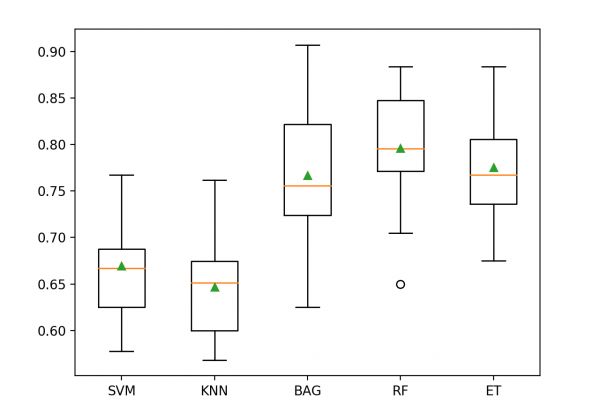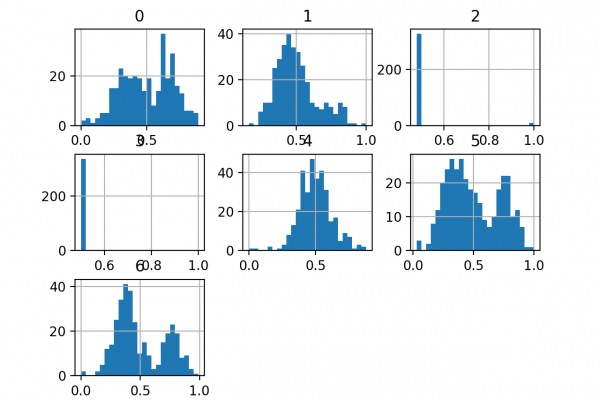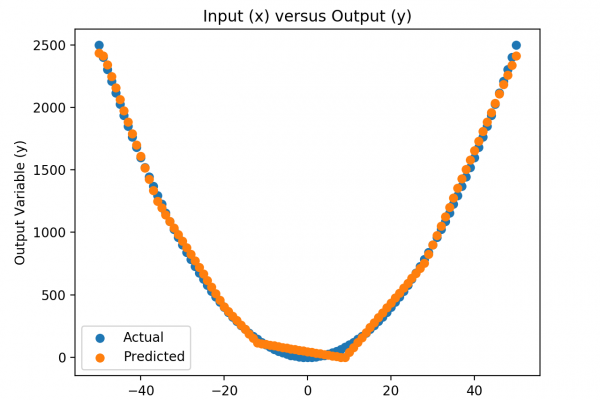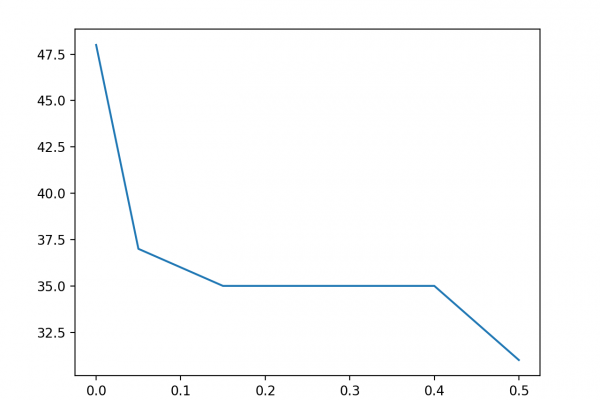Develop a Model for the Imbalanced Classification of Good and Bad Credit
Last Updated on August 28, 2020 Misclassification errors on the minority class are more important than other types of prediction errors for some imbalanced classification tasks. One example is the problem of classifying bank customers as to whether they should receive a loan or not. Giving a loan to a bad customer marked as a good customer results in a greater cost to the bank than denying a loan to a good customer marked as a bad customer. This requires […]
Read more